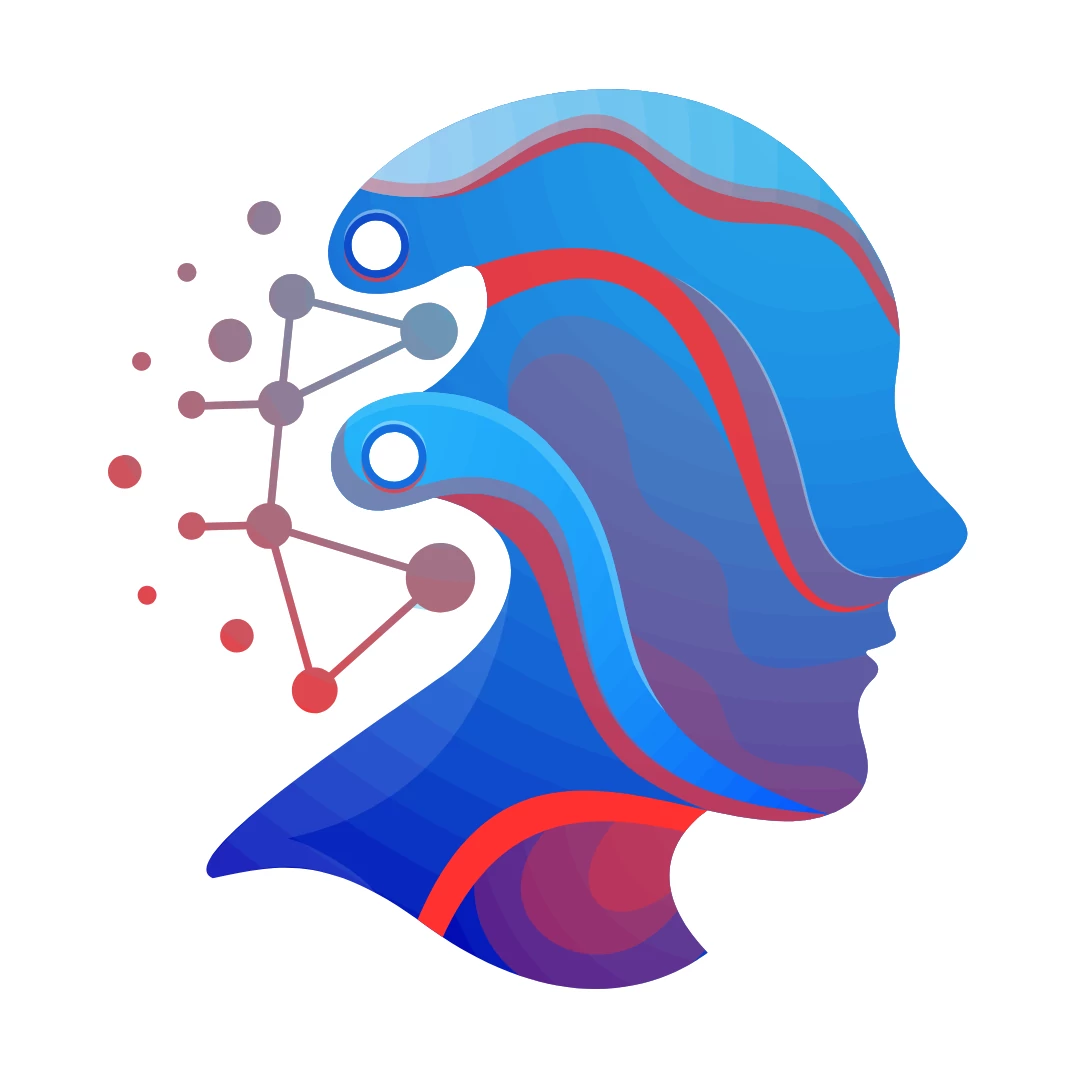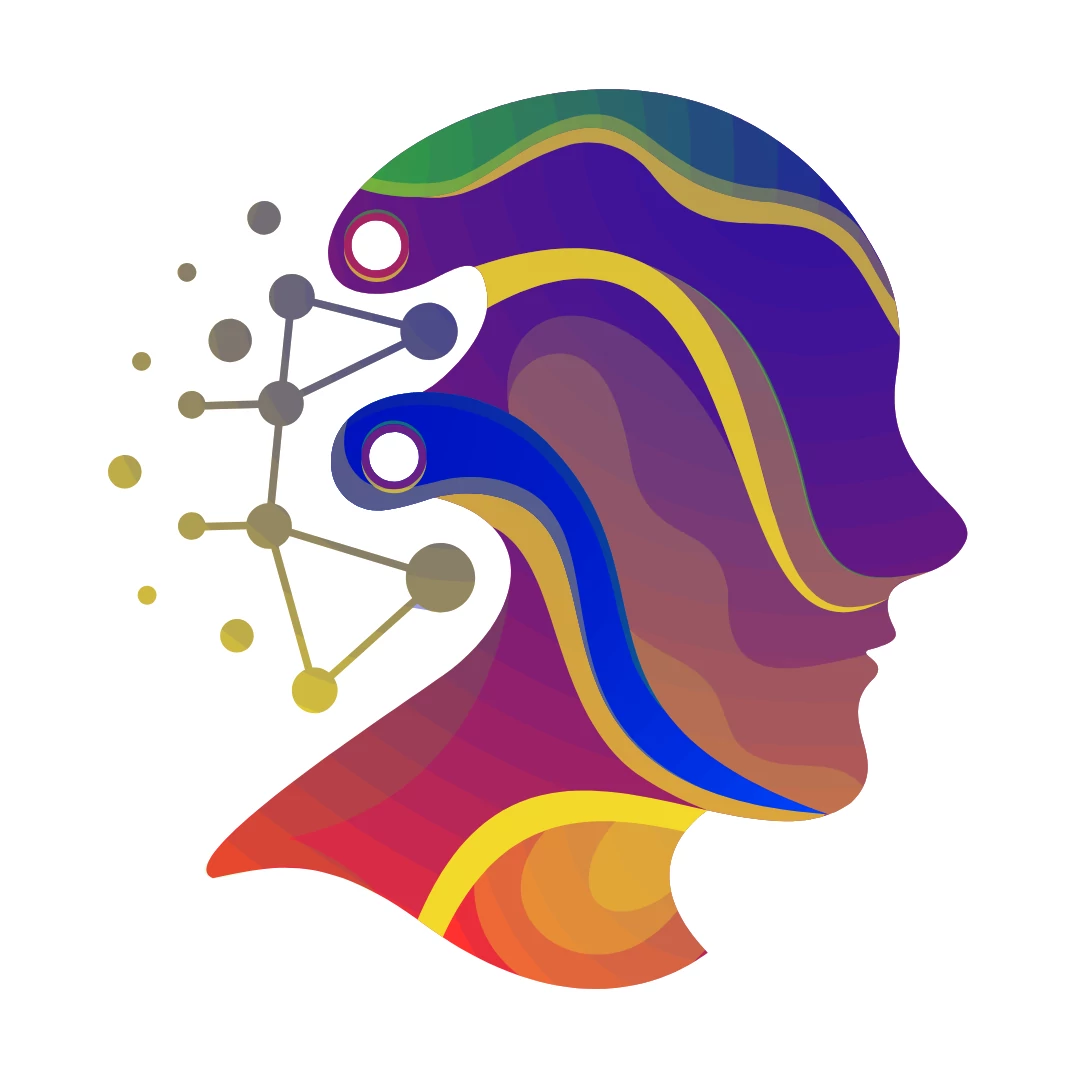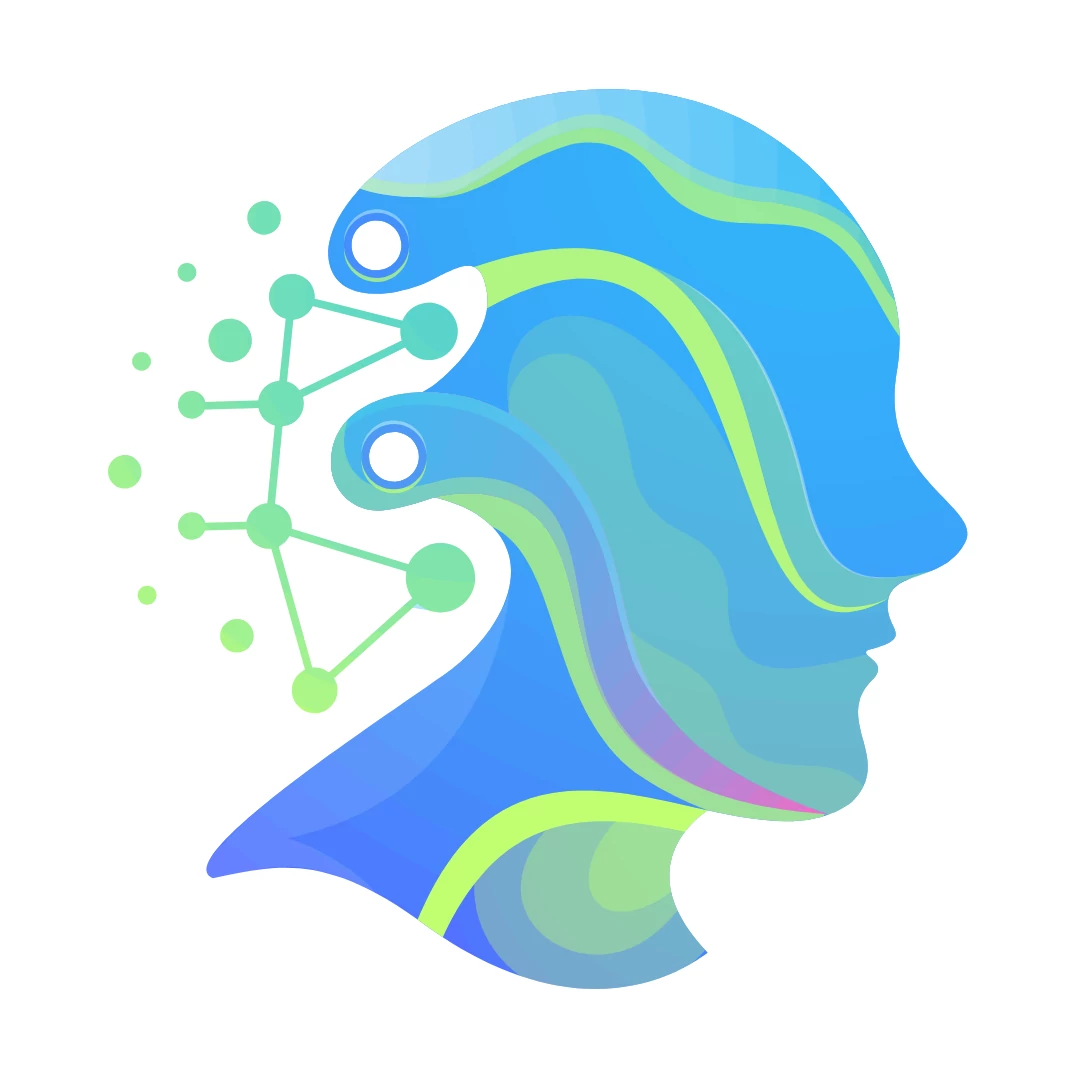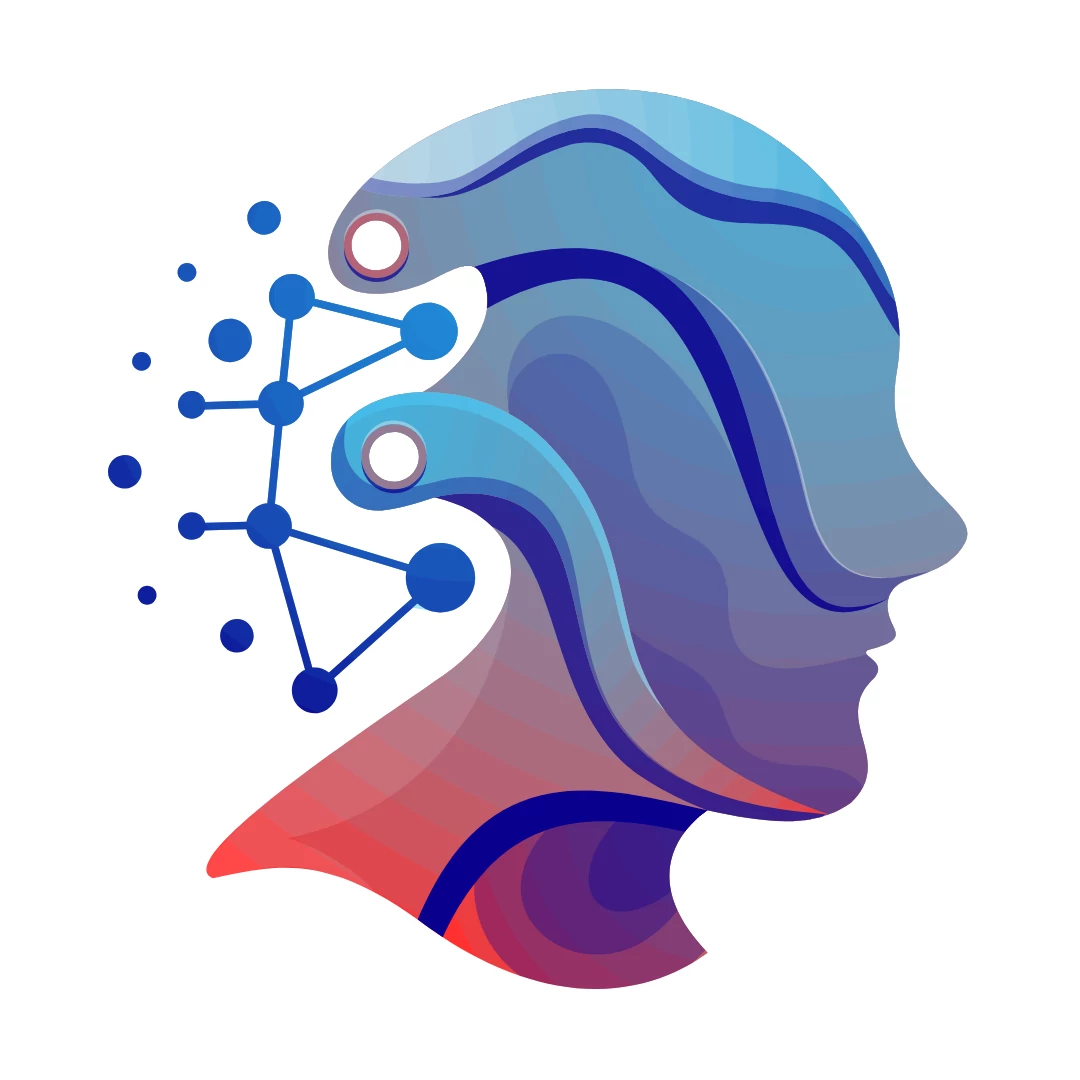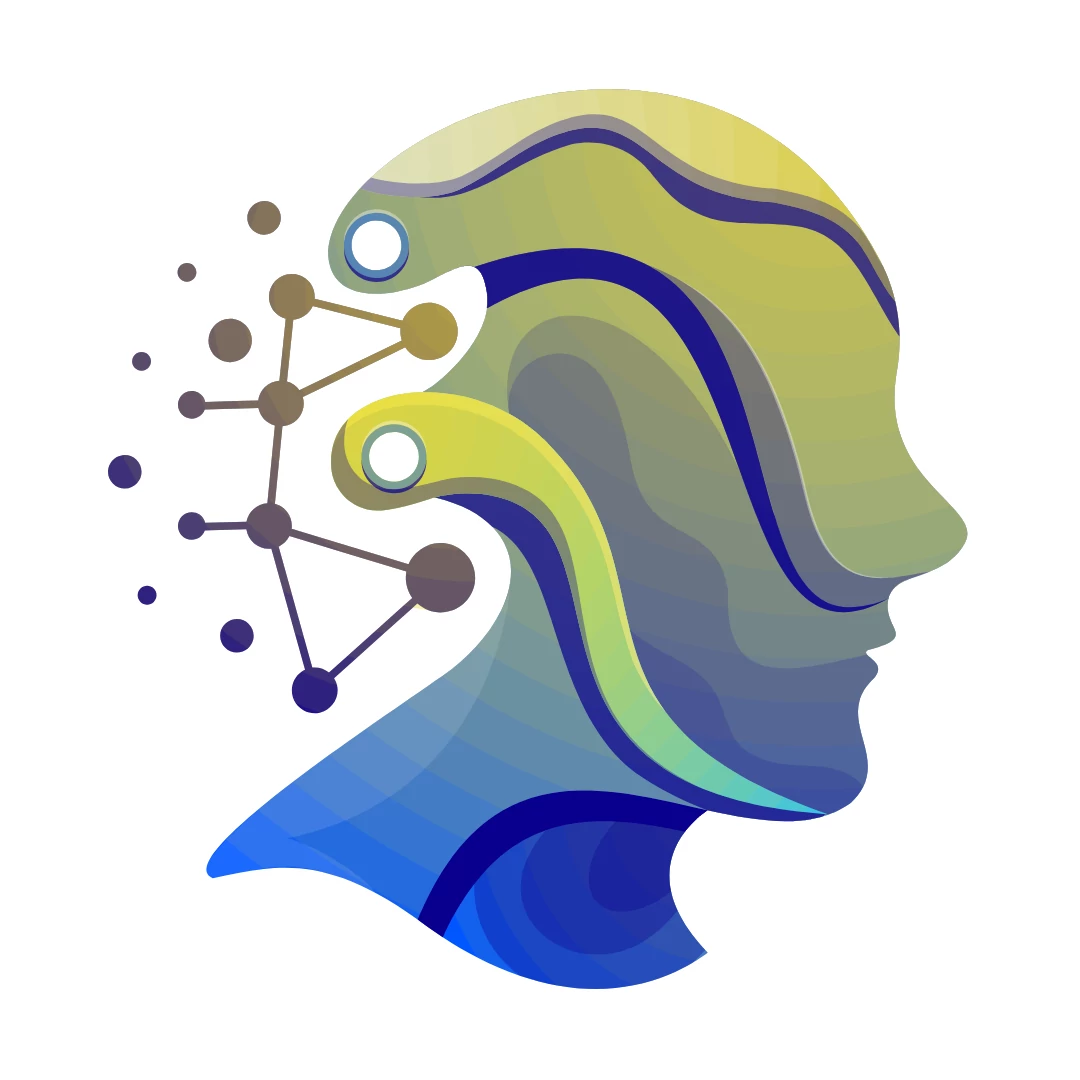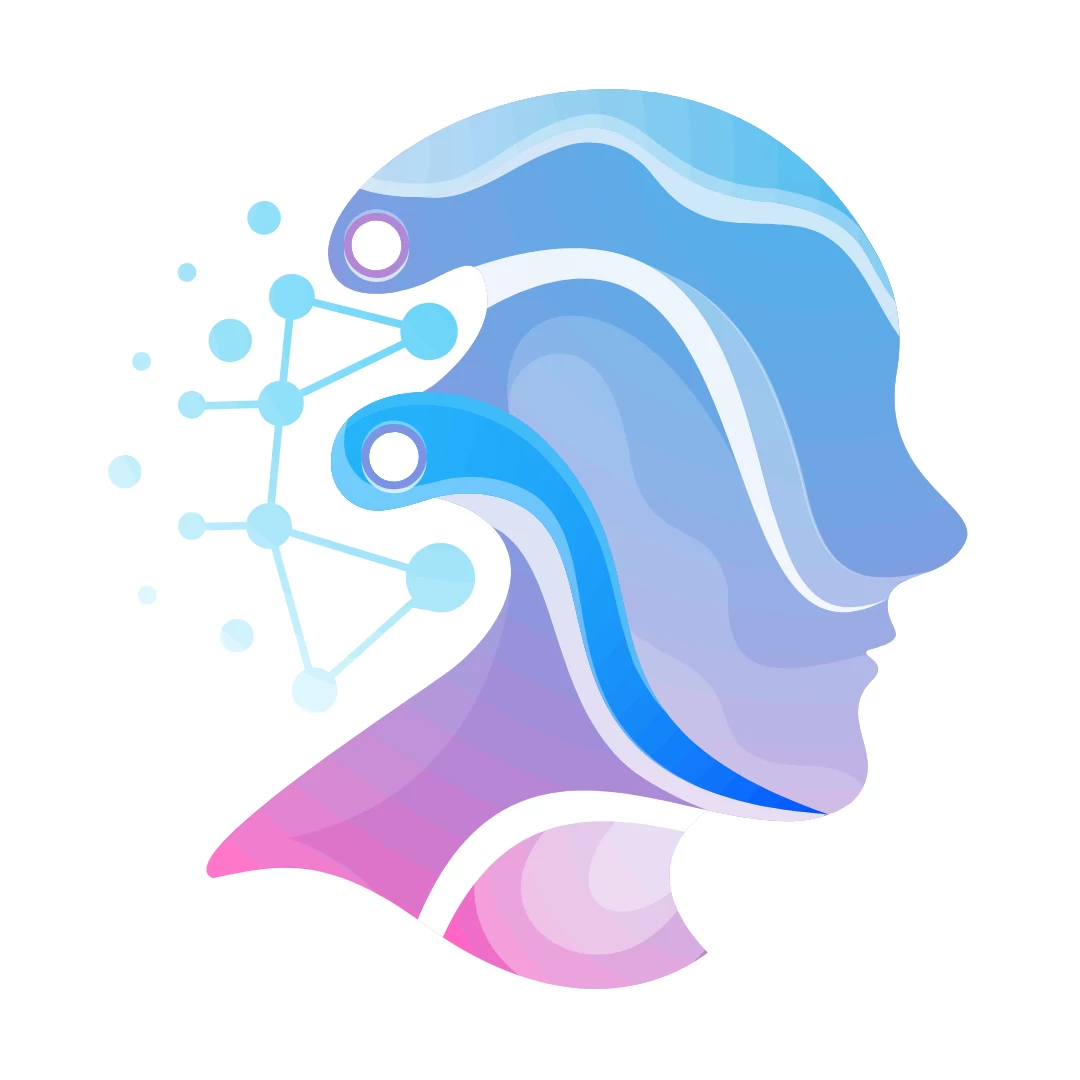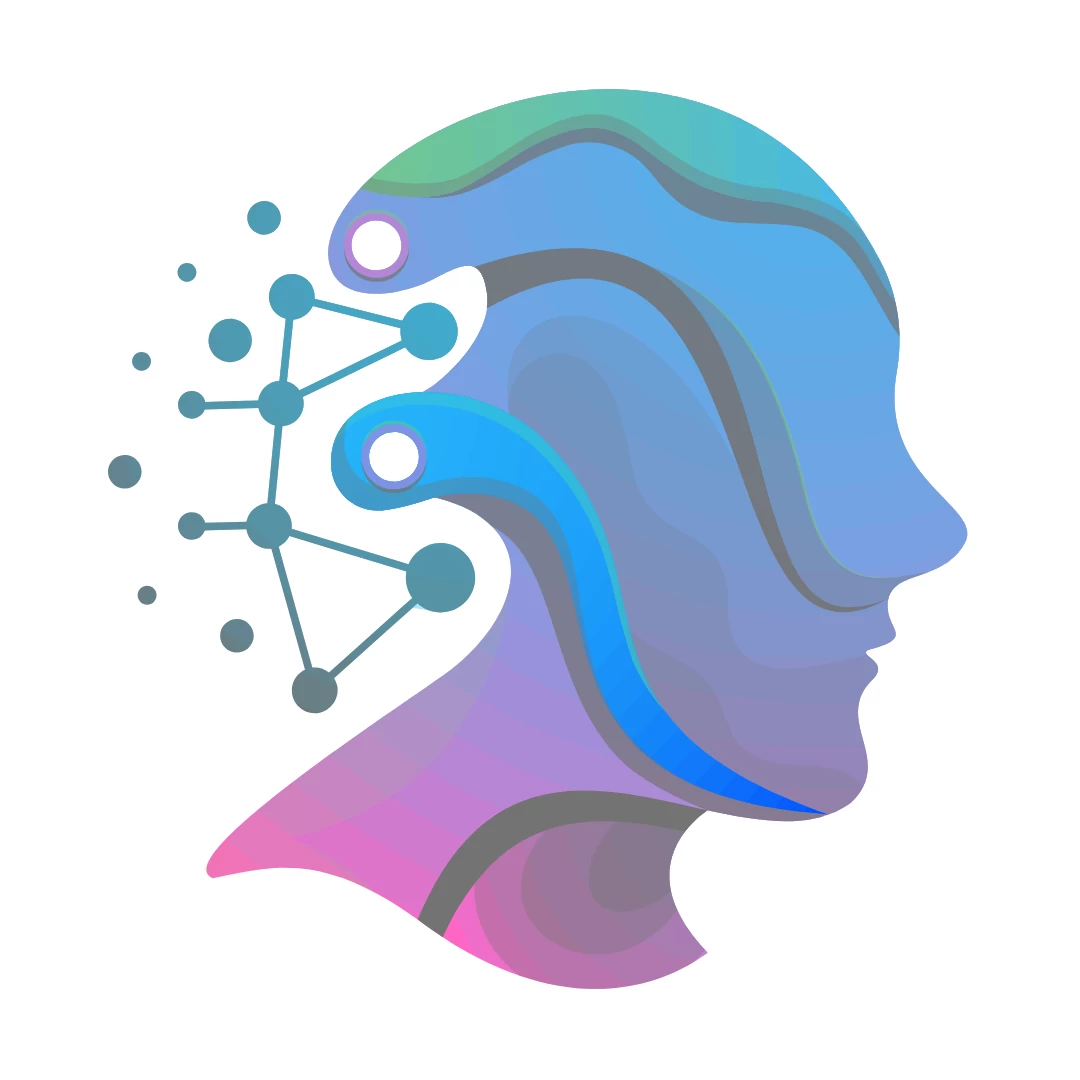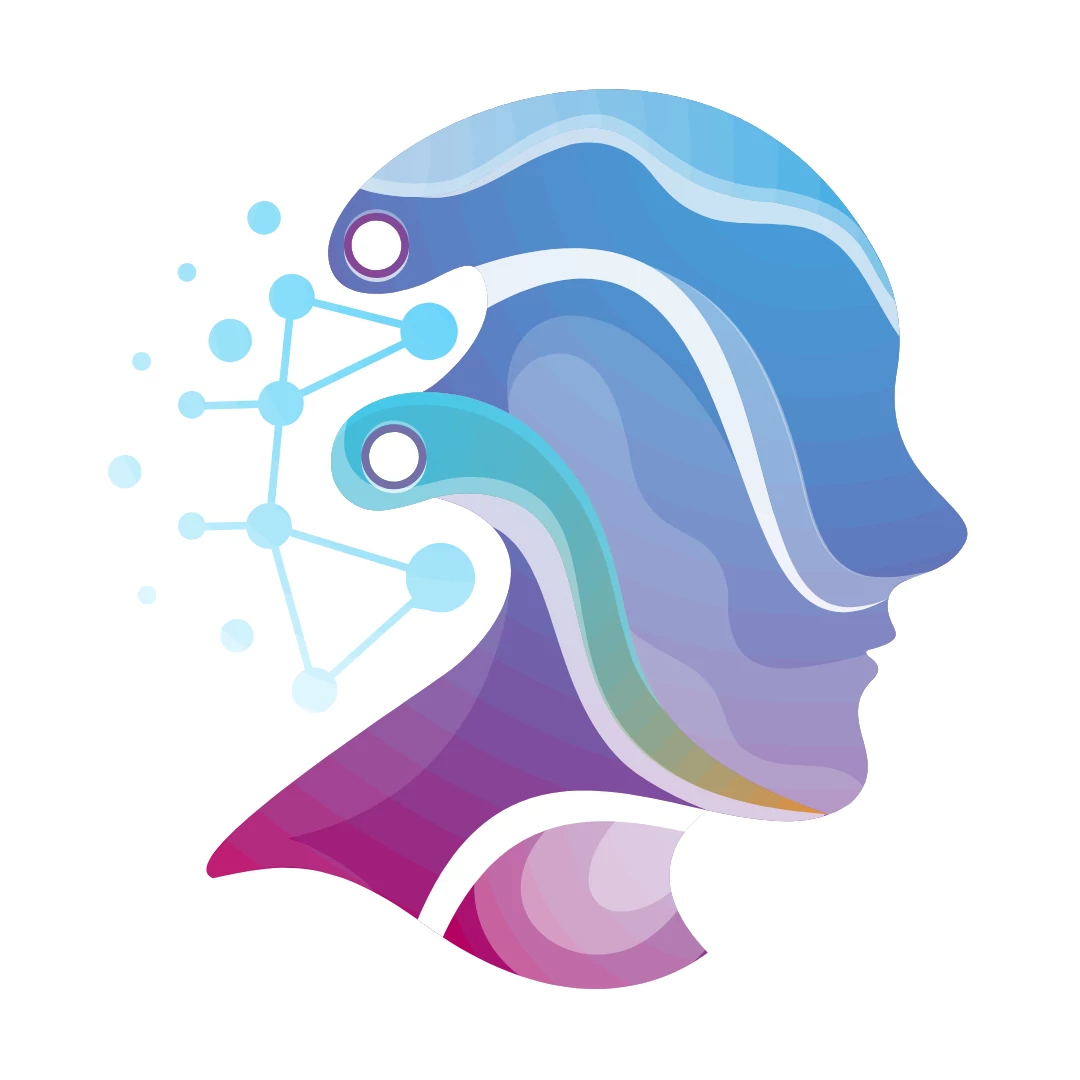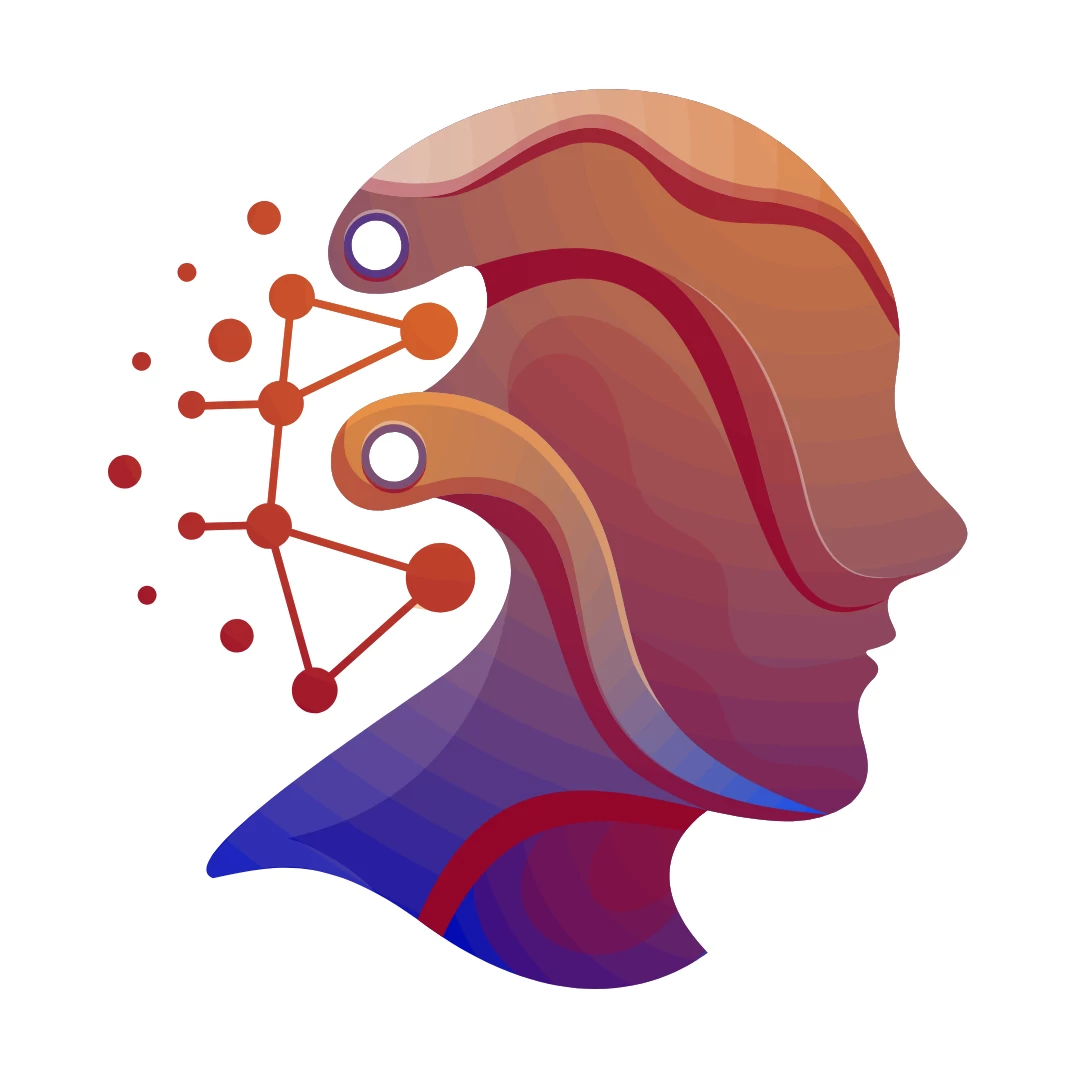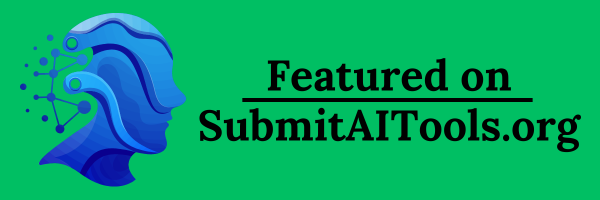Nano Banana Pro
High-Res Visuals from Smart Prompts

What is Nano Banana Pro?
Nano Banana Pro steps into the creative arena as a fresh take on turning words into striking pictures, blending sharp thinking with vivid outputs that capture every nuance. This tool draws folks in with its knack for handling detailed ideas, spinning them into clear, high-definition scenes that feel thoughtfully composed. Many who've tried it share how it opens doors to polished work without the usual trial and error, making it a quiet favorite for those chasing visuals that stand out.
Introduction
Nano Banana Pro emerged from a push to make picture-making smarter, born out of frustrations with tools that stumbled on tricky descriptions or lost details along the way. It hit the ground running, pulling in a mix of hobbyists and pros who were tired of flat results from basic setups. Over time, users have passed around examples of scenes that nail the lighting just so or weave in text that reads crisp from afar, turning what could be hours of fiddling into a swift reveal. At its root, it's about giving creators a reliable hand that gets the full picture—literally—letting them focus on the spark rather than the spark plugs.
Key Features
User Interface
The main screen keeps things straightforward, with a wide box for your ideas that tracks length as you go, so nothing sneaks past the limit. Pick your setup from a simple dropdown, flip a switch for sharper views, and hit start—results fill the frame quick, with easy spots to zoom or save. It's the sort of layout that feels familiar after one go, like chatting with a sketch artist who sketches back in seconds, without extra steps that trip you up.
Accuracy & Performance
When you lay out a busy scene with layers of elements, it sorts them without the usual mix-ups, placing pieces where they belong and keeping edges clean. Jobs wrap up smooth and steady, even on longer descriptions, delivering files that hold their own on big screens or prints. Those who've pushed it with real-world checks often note how it sticks close to the facts you feed it, dodging the odd drifts that can sour a good concept.
Capabilities
It tackles everything from quick mood boards to full spreads with fine touches like balanced shades or woven writings in various tongues, all while grasping how parts fit together in space. You can nudge it toward certain looks or scales, and it layers in fresh info to keep things current, opening paths for everything from quick sketches to detailed layouts. The flexibility shines when blending words with visuals, making it handy for projects that need that extra layer of thought.
Security & Privacy
Your inputs stay handled on the quiet side, processed fresh and cleared out once the work's done, with no hanging around for unwanted eyes. It gives you the say on what gets kept or shared, keeping personal twists under your control. Creators appreciate that low-key approach, letting them play with bold notions without a nagging worry about where their rough drafts might wander.
Use Cases
Folks in ad spots use it to mock up campaign snaps that grab attention, testing vibes before the team huddle. Designers drop in product roughs, seeing them staged in real settings to spot what clicks. Teachers pull together scene aids that bring dry topics to life, with labels that read clear across the room. Writers pair it with their drafts, crafting covers or inserts that echo the story's pulse without calling in extra hands.
Pros and Cons
Pros:
- Grabs the gist of packed prompts, keeping the whole vision intact.
- Pushes out sharp, large-scale results that scale without fuzz.
- Weaves in multiple languages smoothly for global touches.
- Stays quick even on meaty ideas, holding the creative rush.
Cons:
- Shorter bursts work best; real epics might need splitting.
- Relies on clear cues—vague ones can veer off track.
- No built-in tweaks mid-run, so restarts happen now and then.
Pricing Plans
It kicks off with a free tier that lets you dip in for basics, good for testing waters or light lifts. From there, plans likely step up to handle more runs or bigger files, though details stay light to match your pace. The setup keeps entry easy, with options that grow as your needs do, without locking you in too tight from the jump.
How to Use Nano Banana Pro
Head to the creator spot and pour in your thoughts, keeping an eye on the word watch. Choose your sharpness level, then let it brew—soon enough, options line up for a look-over. Pick the one that hits, grab it in your favored file type, and slot it into your next step. Swing back with refinements to build a set that flows just right.
Comparison with Similar Tools
Where some setups spit quick but shallow takes, Nano Banana Pro layers in that extra grasp for richer returns, though those might edge out on raw speed for simple asks. Against heavier hitters, it lightens the load for everyday use, skipping the bloat but perhaps missing deep dives for niche needs. It lands well for balanced builds, where smarts meet straightforward without the extra weight.
Conclusion
Nano Banana Pro quietly reshapes how ideas hit the canvas, handing creators a sharper lens for scenes that linger. It bridges the gap from fleeting thought to finished frame, proving that a bit more brainpower can yield visuals worth the glance. As more eyes turn to digital drafts, this one's set to keep evolving, nudging the field toward outputs that feel as fresh as the prompts that birthed them.
Frequently Asked Questions (FAQ)
What kinds of descriptions work best?
Detailed ones with clear ties between parts shine, pulling in the full picture.
How big can the outputs get?
Up to full high-def spreads, ready for prints or big displays.
Does it handle different tongues?
Yes, it weaves writings from various spots without losing the thread.
Can I use the results for work?
Sure, they fit right into pro projects, from ads to art books.
What if the first try misses?
Tighten the words and run again—small shifts often nail it.
AI Text to Image , AI Photo & Image Generator , AI Art Generator , AI Design Generator .
These classifications represent its core capabilities and areas of application. For related tools, explore the linked categories above.
Nano Banana Pro details
Pricing
- Free
Apps
- Web Tools
